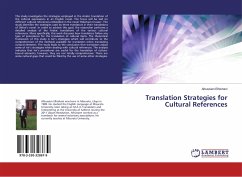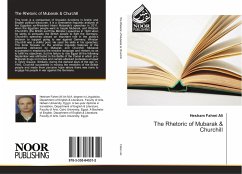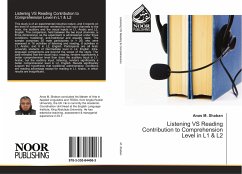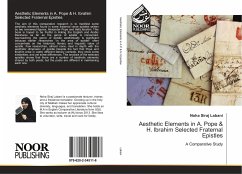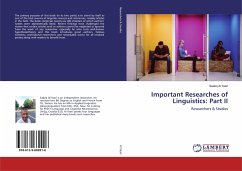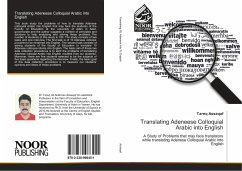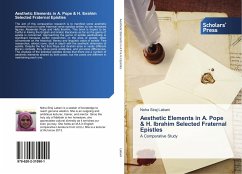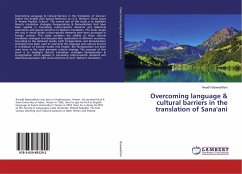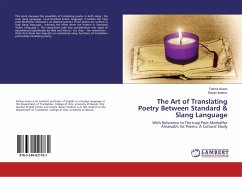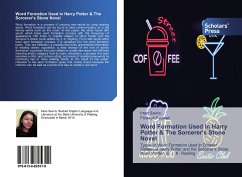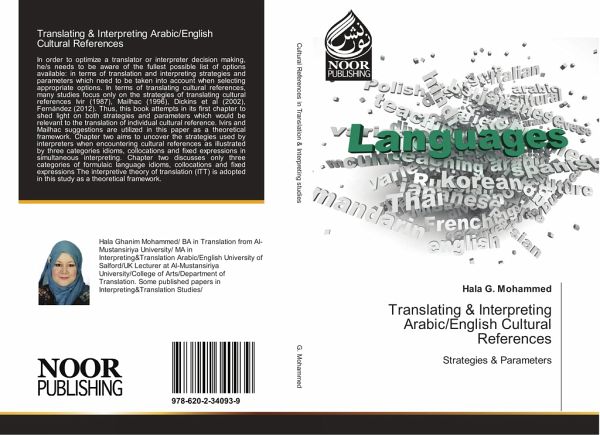
Translating & Interpreting Arabic/English Cultural References
Strategies & Parameters
Versandkostenfrei!
Versandfertig in 6-10 Tagen
33,99 €
inkl. MwSt.

PAYBACK Punkte
17 °P sammeln!
In order to optimize a translator or interpreter decision making, he/s needs to be aware of the fullest possible list of options available: in terms of translation and interpreting strategies and parameters which need to be taken into account when selecting appropriate options. In terms of translating cultural references, many studies focus only on the strategies of translating cultural references Ivir (1987), Mailhac (1996), Dickins et al (2002), Fernández (2012). Thus, this book attempts in its first chapter to shed light on both strategies and parameters which would be relevant to the tran...
In order to optimize a translator or interpreter decision making, he/s needs to be aware of the fullest possible list of options available: in terms of translation and interpreting strategies and parameters which need to be taken into account when selecting appropriate options. In terms of translating cultural references, many studies focus only on the strategies of translating cultural references Ivir (1987), Mailhac (1996), Dickins et al (2002), Fernández (2012). Thus, this book attempts in its first chapter to shed light on both strategies and parameters which would be relevant to the translation of individual cultural reference. Ivirs and Mailhac suggestions are utilized in this paper as a theoretical framework. Chapter two aims to uncover the strategies used by interpreters when encountering cultural references as illustrated by three categories idioms, collocations and fixed expressions in simultaneous interpreting. Chapter two discusses only three categories of formulaic language idioms, collocations and fixed expressions The interpretive theory of translation (ITT) is adopted in this study as a theoretical framework.



